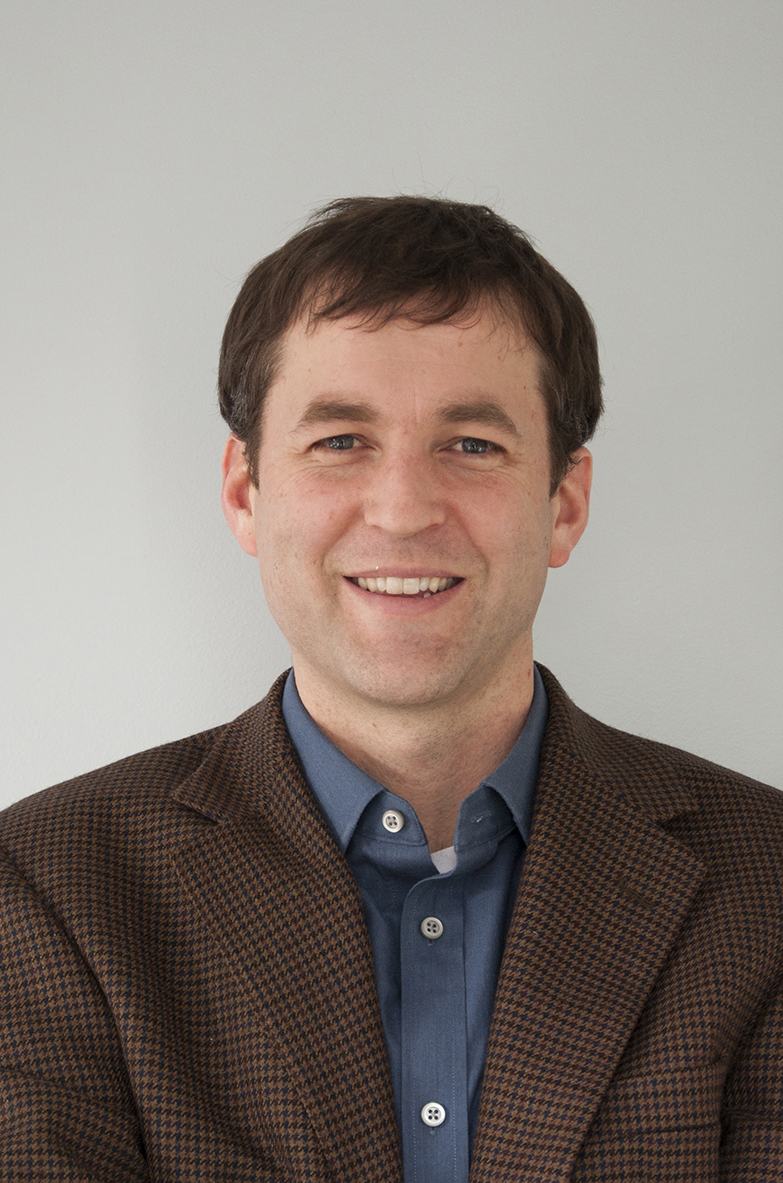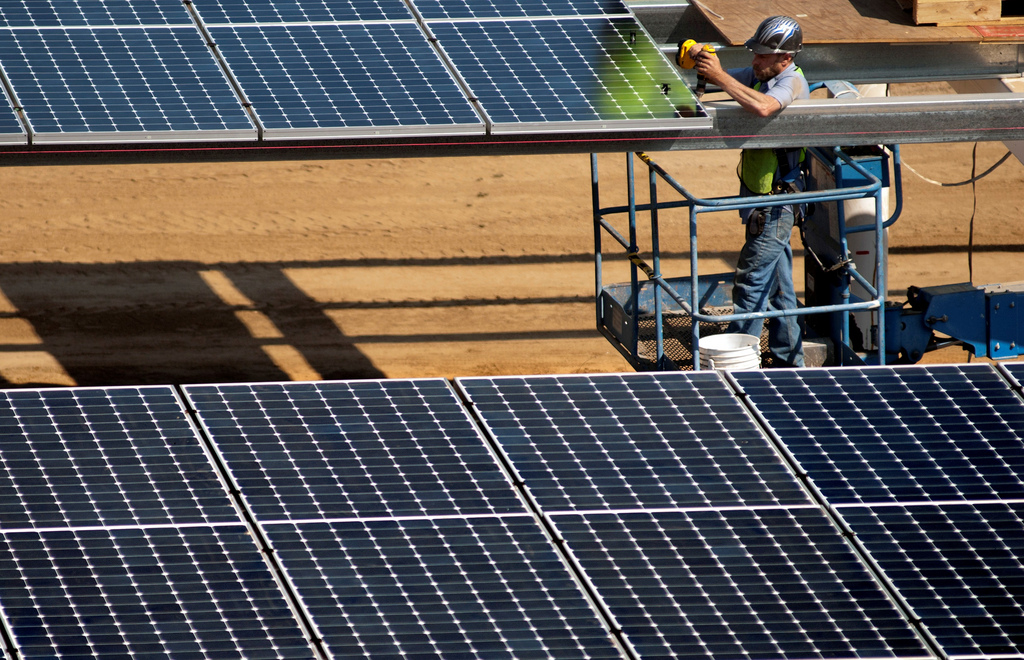 by Timothy Carter, President, Second Nature
by Timothy Carter, President, Second Nature
The headlines are bursting with clean energy hope these days. From the Pope’s encyclical to the recent release of the White House’s Clean Power Plan, it seems like each morning brings news of a high level initiative that pushes our energy future into areas unthinkable a decade ago. And can we remember 10 years ago? In August 2005? The Energy Policy Act was signed by then-president George W. Bush. Gold star if you remember the major cornerstones of this legislation… If you guessed ethanol, advanced nuclear reactors, and “clean coal” research, then bingo!
It’s important to recognize that there have been year after year of promises, goals, and planning from every president as far back as Nixon (and including our current one) centered on the need to build a path to a clean energy future. What makes today different? One encouraging sign is the economics of renewables. Solar installation prices have been dropping between 10-20% for the past few years and we have 38 states with renewable portfolio standards that have had little effect (<1%) on consumer electricity prices. Given the changing cultural context we find ourselves in, this Clean Power Plan, like we’ve mentioned previously, could usher in a new era for the campuses in our network, by accelerating and validating energy-related actions that are already underway on campus.
Why are these leadership-level initiatives so critical in changing society? A big reason is that the work of sustainability in general (and climate in particular) will transcend the tenure of any individual, and so long-term planning and commitment to the future is essential. These are 20, 30, and 50 year initiatives. Any individual leader needs to think and plan for well after their tenure. In the corporate context, Jim Collins notes that "Level 5 leaders", the most successful ones, look for ways their company can be successful long after they are gone. Higher education institutions, unlike corporations and businesses, have a much more certain long-term future, and therefore the decisions made now by colleges and university leaders can really drive the environmental futures for decades to come.
Presidents are the obvious leaders who often have some sort of legacy in mind, and that is why they are a key stakeholder of ours at Second Nature. They are not the only ones though. Chief financial officers, chief academic officers, and senior operations managers are equally well-positioned to embrace long-term and systems planning and thinking as part of the senior leadership team on campus. As new knowledge creators on campus, faculty have an opportunity to align their teaching and research efforts with an ambitious, bold campus. And students, during their four (or more) year tenure on campus are leaders at any given moment and, while it can be a challenge to get past the immediacy of coursework and campus life, could see their role as shaping a new culture on campus to push towards the shared long-term sustainability vision.
This full orientation of all components of campus with a long-term view of social change is part of the original vision of the American College & University Presidents' Climate Commitment (ACUPCC) and is a core principle of Second Nature as we look ahead to building the future of the network. We will continue to design institutional commitments that drive activity towards ambitious ends, and in October we will have an exciting announcement about new commitments for the network. These commitments start with the president, but are designed to transcend any particular individual. This is a social movement in a true sense of the word -- actors working together to progress towards a commonly shared goal. Goals identified in national initiatives, like the Clean Power Plan, provide an important external reference point to orient our thinking, discussion, and progress towards a future that is better and more innovative than any one person or leader can currently imagine or create on their own.
Photo credit: "Installing solar panels at West Village, UC Davis", courtesy of Gregory Urquiaga, UC Davis
